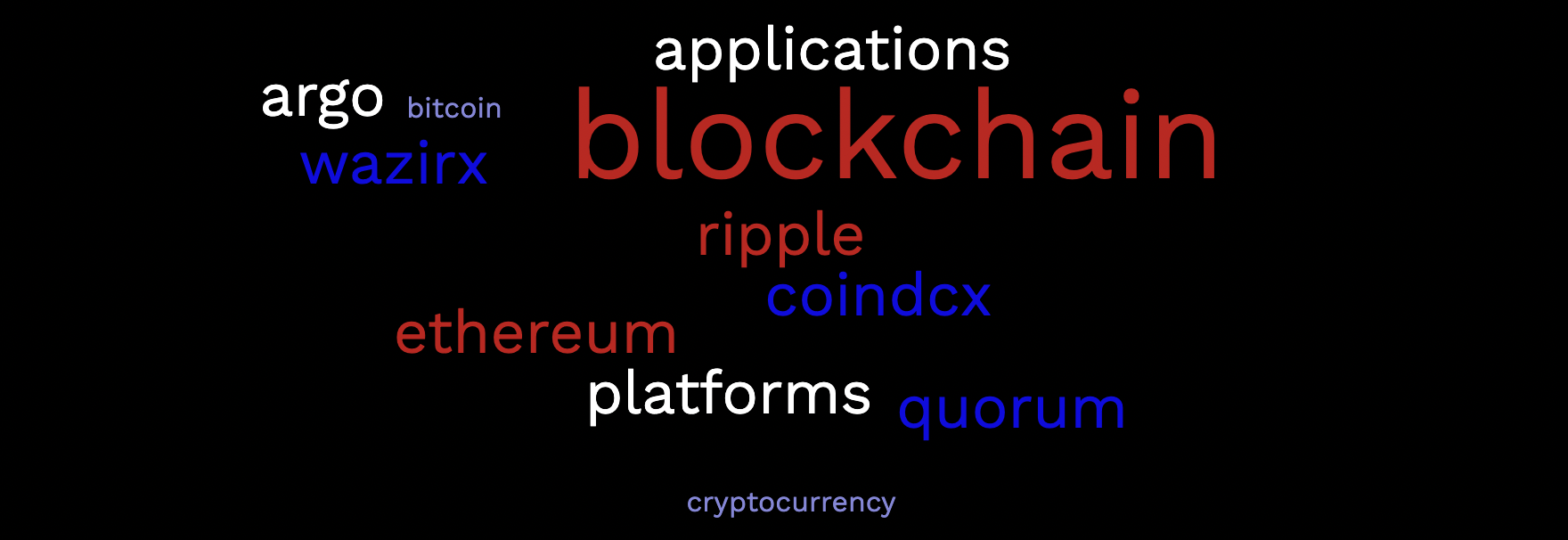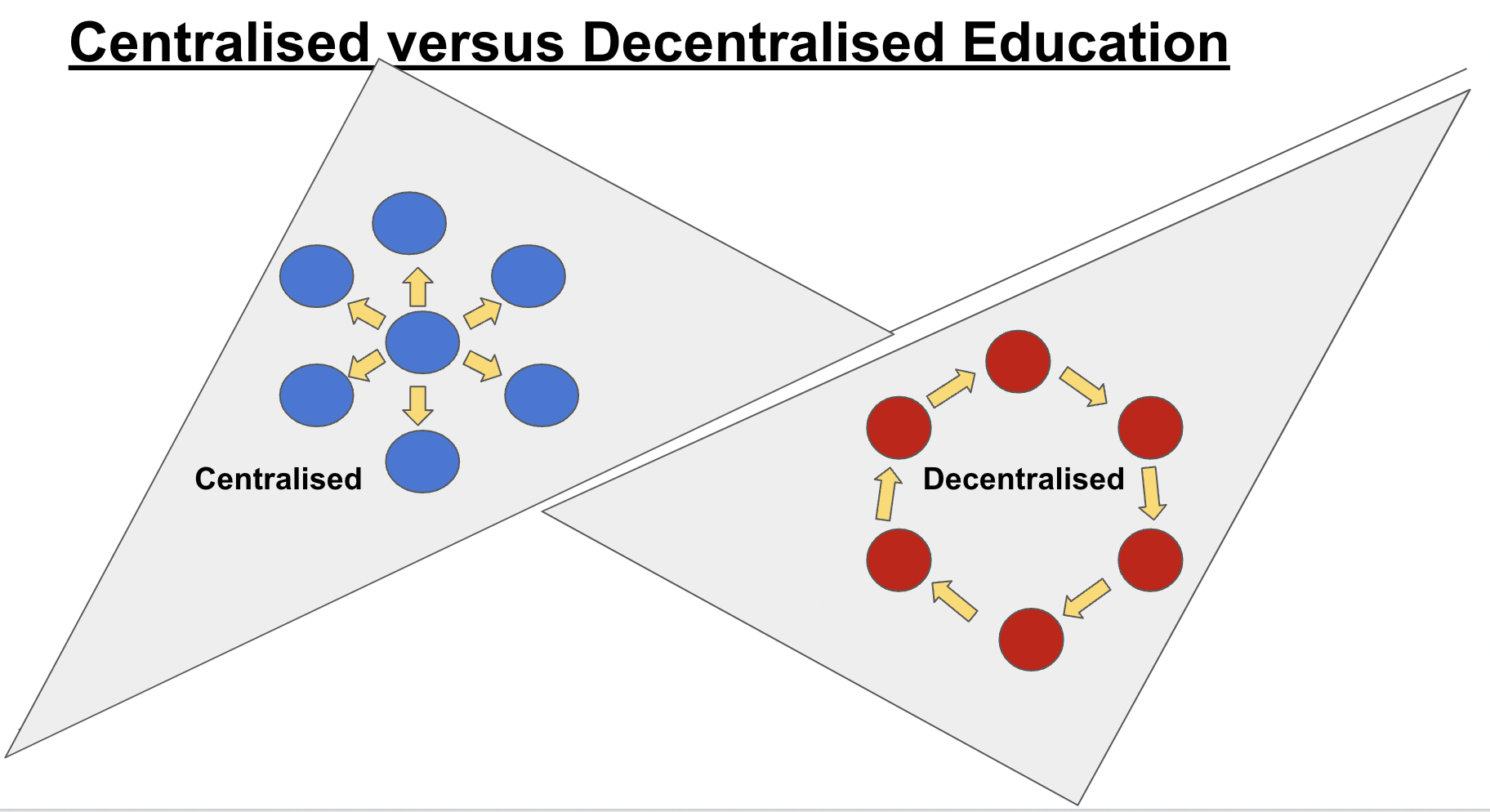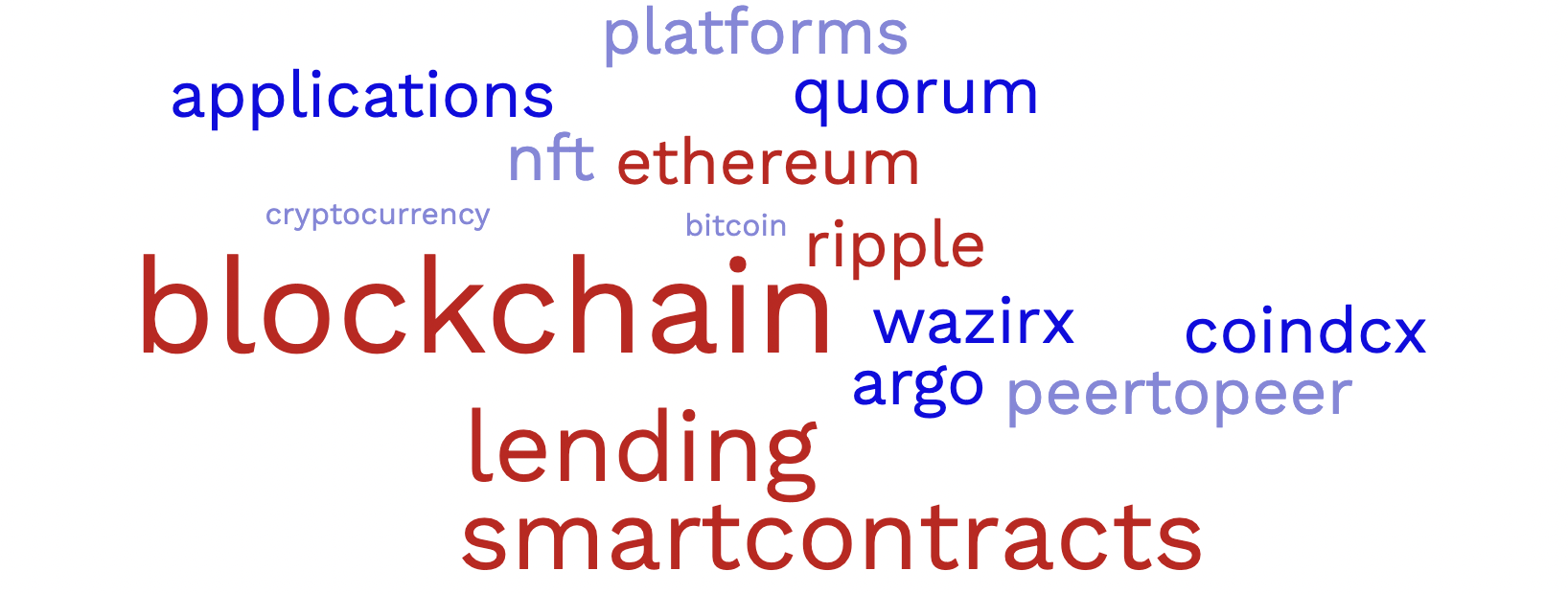Introduction
Blockchain can be thought of as a distributed ledger that is accessible to all with state-of-the-art security features. Any change to be made in it is a collective democratized decision of all the individuals who are a part of the BlockChain.
In this article, we will learn about the building blocks of BlockChain with the help of a few examples and draw parallels to real-world scenarios. We will touch on every term associated with BlockChain – in a very fundamental way. So let’s begin.
What is Blockchain?
BlockChain – As the name suggests – is built of many blocks of information which are interlinked together.
The research on BlockChain started in the 1990s, but the first bitcoin was developed in 2009 by Satoshi Nakamoto, marking the advent of the blockchain era.

In a BlockChain:
-
The Blocks store information
-
The Blocks are identified by a unique identifier called Hash
-
Every Block Chain originates from a Parent Block – which is known as the Genesis Block
-
The Chain is formed by the interlinking of the Blocks with each other
-
In The BlockChain – One Block is connected to the previous block by the previous block’s hash
Examples of Popular Blockchain Platforms
-
Ethereum –
Ethereum is a technology for building applications, holding assets, and making transactions and communications without being controlled by a centralized authority. Ethereum has its cryptocurrency, Ether (ETH) which can be used for monetary exchange on the Ethereum network.
-
Ripple –
Through technology, Ripple enables global financial institutions, businesses, governments, and developers to move, manage and tokenize value, helping to unlock greater economic opportunity for everyone, everywhere.
-
Quorum –
Businesses can rely on ConsenSys Quorum to provide the enterprise-grade networks they need to unlock value with blockchain. On top of the ConsenSys Quorum protocol layer, you can integrate product modules for Decentralised Finance, NFT experiences, and Web3 Governance use cases to build high-performance customized applications.

Examples of Popular Blockchain Applications –
-
WazirX –
WazirX is an Indian Cryptocurrency exchange. It was founded in the year 2017 in Mumbai. It is known for Shardeum – an open source blockchain project, and STF (Smart Token Funds) – a novel way of investing in the Cryptocurrency markets.
-
CoinDCX –
CoinDCX is the application that enables users to buy and sell cryptocurrencies. Users can connect their bank accounts on CoinDCX to buy and sell cryptos in INR within seconds via IMPS, RTGS, NEFT, UPI, or our partnered payment gateways
Example of an Education System based on the BlockChain Principles
Centralized Education System
Let us take an example of the Higher secondary education specific to 10th Grade in the CBSE pattern.
In the current education system, the 10th Grade students attend a CBSE-affiliated school. All students are divided into different sections with a Class Teacher and different subject teachers. Specific SMEs conduct the classes for 5 subjects: Maths, General Science, Social Science, English, and Hindi. The evaluation of the students is based on their performance in the final 10th Grade Board Exams.
Here – there is a Central Board of Secondary Education – which governs the curriculum to be covered – and the Teachers of the CBSE-affiliated schools evaluate the 10th Board exam papers.
Hence, the students’ marks are based on the individual assessment of the teachers – though adhering to specific criteria – many individual behavioral biases can be possible.

Now Imagine a Decentralised Education System:
Here the Curriculum is decided by the Consensus of the SMEs and Students together.
For example, the choice of subjects, topics to be covered, and evaluation patterns are decided by voting by teachers and students together.
The evaluation is also based on peer-to-peer grading, where for every individual answer sheet – all SMEs and Students participate in the evaluation of each answer. The final performance is done based on the average marks that an answer gets.
Don’t you think – this will be a fairer and more open Education System – leading to a thoughtful and responsible Education group.
This is an example of the principles on which an Application works.
Principles Governing the BlockChain
Now let us understand the principles on which a BlockChain works.

-
Decentralized: All the information is accessible to everyone in the network. No centralized body to govern the data entry and encryption.
-
Encryption – The data present on the blockchain can only be accessed by people who are a part of the BlockChain network and have permission to do so. This ensures security.
-
Distributed Computing – The data is shared across many computers and servers. This ensures transparency and fault tolerance.
-
Immutable: Any information stored in the Block is unique. A slight change in the block’s information will change the block’s Hash (The Unique Identifier). It is, therefore, next to impossible to change the information stored in the block.
-
Consensus: Any change made in the blockchain is successful only if most people agree that the change is fair and needful.
-
Peer to Peer Transactions: Any transaction in the Blockchain is monitored and recorded in the history of time.
Use Cases of Blockchain
BlockChain is used widely in many domains like Finance, Healthcare, Capital Markets, and Social Networking.
Since BlockChain is based on the pillars of Decentralisation, Immutability, and Security – it can be used to build useful applications for the following use-cases:
-
-
Peer to Peer Lending – an ecosystem where individuals can lend to each other securely without the participation of any third party.
-
Transparent Voting Systems – Elections that are truly democratic – “Of the People, By the People and For the people” – without the involvement of a centralized governing body like the Election Commission.
-
Fraud – Detection – Any fraud related to financial transactions can be detected easily by Blockchain-based systems – since any tempering is next to impossible, and the source of the transactions can be traced.
-
Secure data-storage systems for Medical Records of Patients – the entire medical history of a patient can be stored without having to gather data from different hospital records. This is also safe because no data tampering can be done. Hence this can be developed as a fool-proof way of tracking the medical history of individuals.
-
Cross – Border payments platforms – transferring money from one country to another can be done easily and securely without the involvement of intermediaries like banks – with the help of cryptocurrency – which drastically reduces the exchange rates levied by the banks.
-
Crypto-Currency Exchange – using blockchain applications, you can easily invest and trade in the cryptocurrency world.
-
Real-Estate Deals Tracking – same as the Medical records, the real estate deals can be tracked transparently using blockchain.
-
What is a BlockChain Application?
Any smart application that provides a solution to a problem and is built leveraging the technology is called a BlockChain Application.
Various examples of BlockChain Applications are:-
-
Cryptocurrency
-
Non-Fungible Tokens
-
Digital Smart Contracts
-
Secure IoT Networks
-
Secure Identity Management and Information Storage systems

What is a BlockChain Platform?
If you want to develop a BlockChain application, there are two options :
-
You develop the BlockChain Network from scratch. Then you build the application layer above it. Or,
-
You can leverage the already existing BlockChain networks – Like Ethereum or Ripple, and start building your applications on these platforms.
Hence a BlockChain Platform is a collection of BlockChains already developed and available in the market, which provides the technology, services, and infrastructure to make Decentralised Blockchain Applications.
This will save you the time, cost, and effort to build it from scratch, increase your efficiency and lower the time to ship the product to Market.
For example – Youtube is a platform that enables content creators to leverage the existing features and focus on creating the video content they want to show to the end-users.
Similarly – BlockChain platforms like Ethereum – enable the developers to create dApps ( Decentralised applications) in the domain of DeFi, Healthcare, and Education.
Conclusion
BlockChain is leading us from Data Monarchy to Data Democracy.
It gives us a new way of perceiving, storing, and sharing data. Blocks – the new data structures that are the backbone of any BlockChain – have the principles of Decentralisation, Security, and Immutability at their core.
In the current era, whenever we use Web apps, we lose control over our data. But BlockChain is changing the way we share information. It encourages Data Ownership and Peer-to-Peer transactions.

Web 3.0, one of the important BlockChain applications, paves the way to a fairer internet. It ensures transparent access to information, more control over individual time, and user – information and privacy.
It will bring a paradigm shift in managing our data, privacy, and financial transactions. The change is here to come.

Have you ever used any BlockChain-based application – Like investing in Cryptocurrency? How did you find the experience?
Please let us know in the comments section below.
Also, what would you like to learn more about the application?
Help us understand by commenting below – so we can cover them in the upcoming Blogs.





